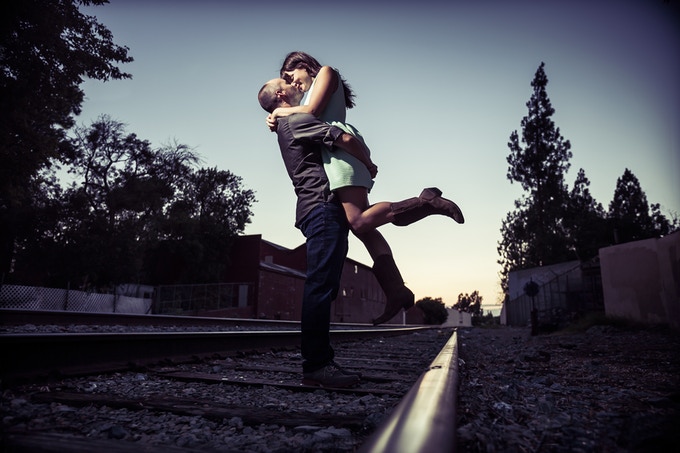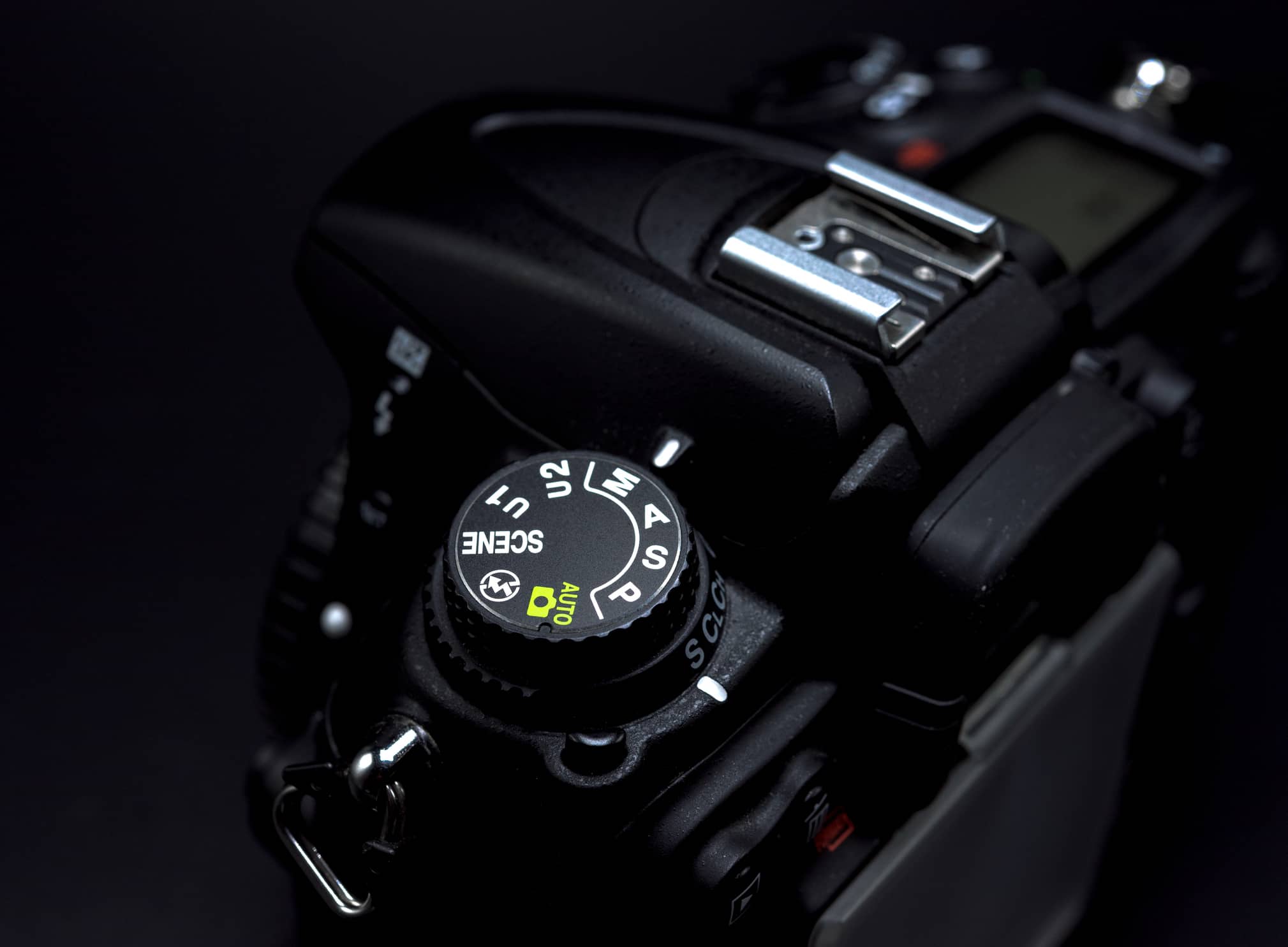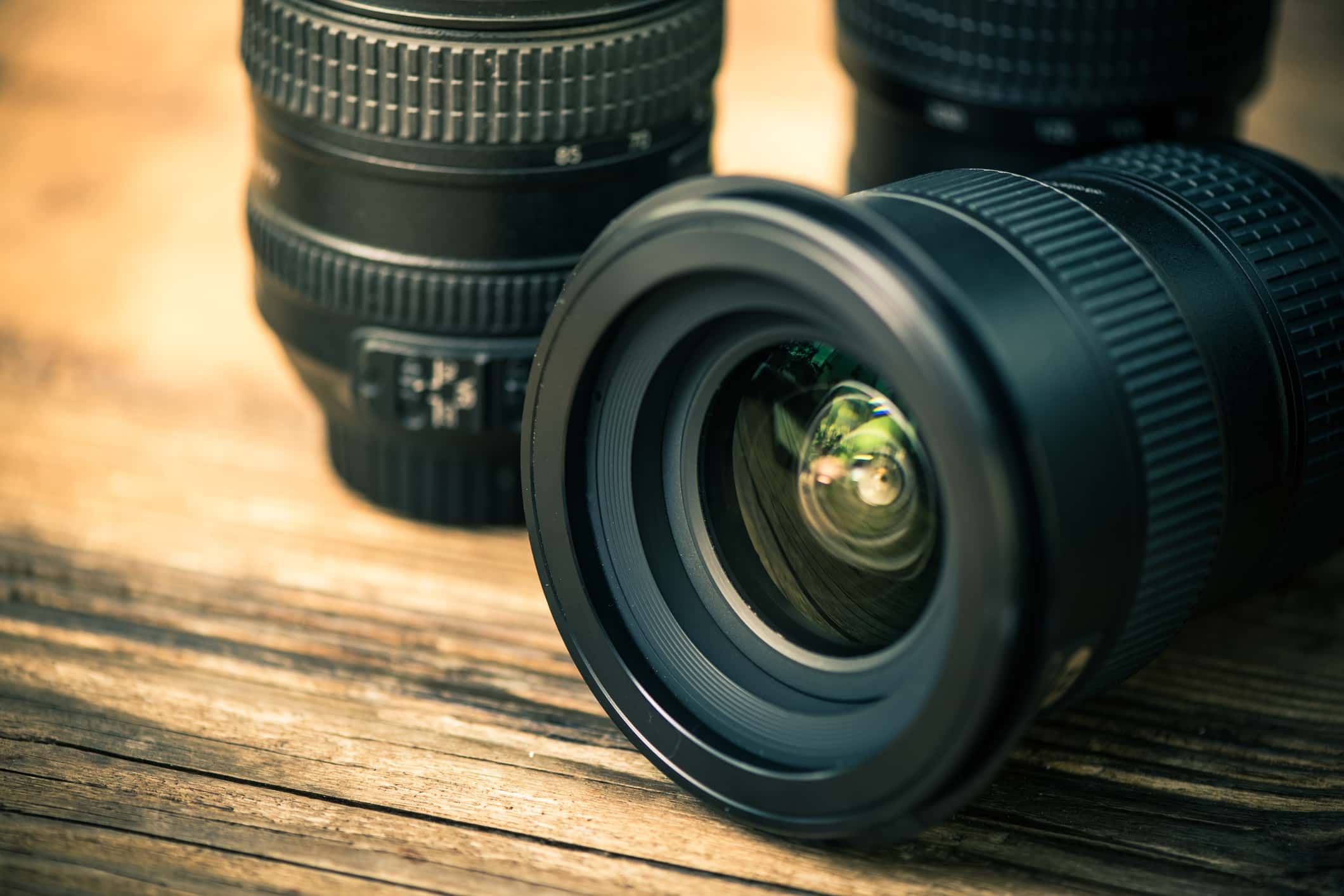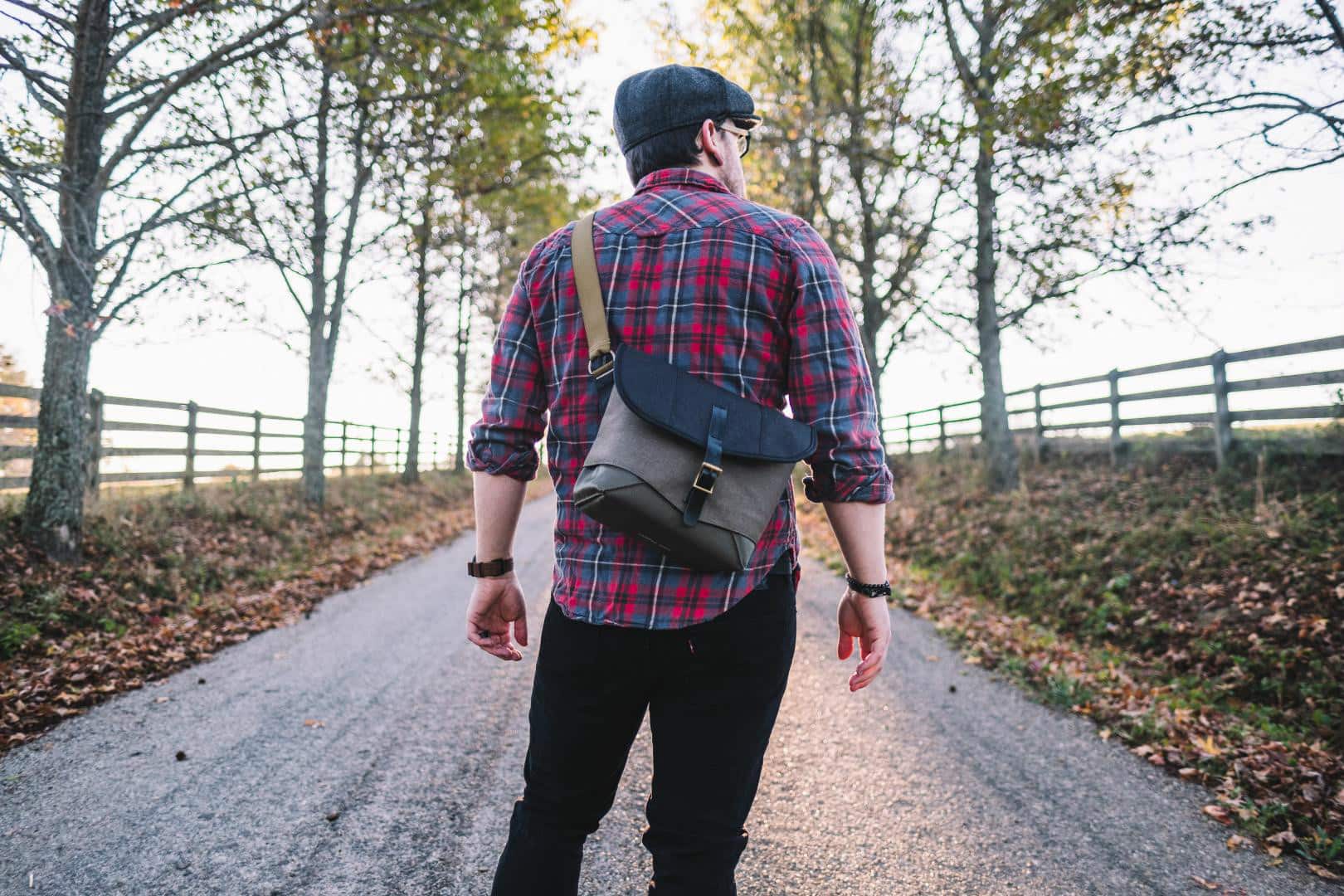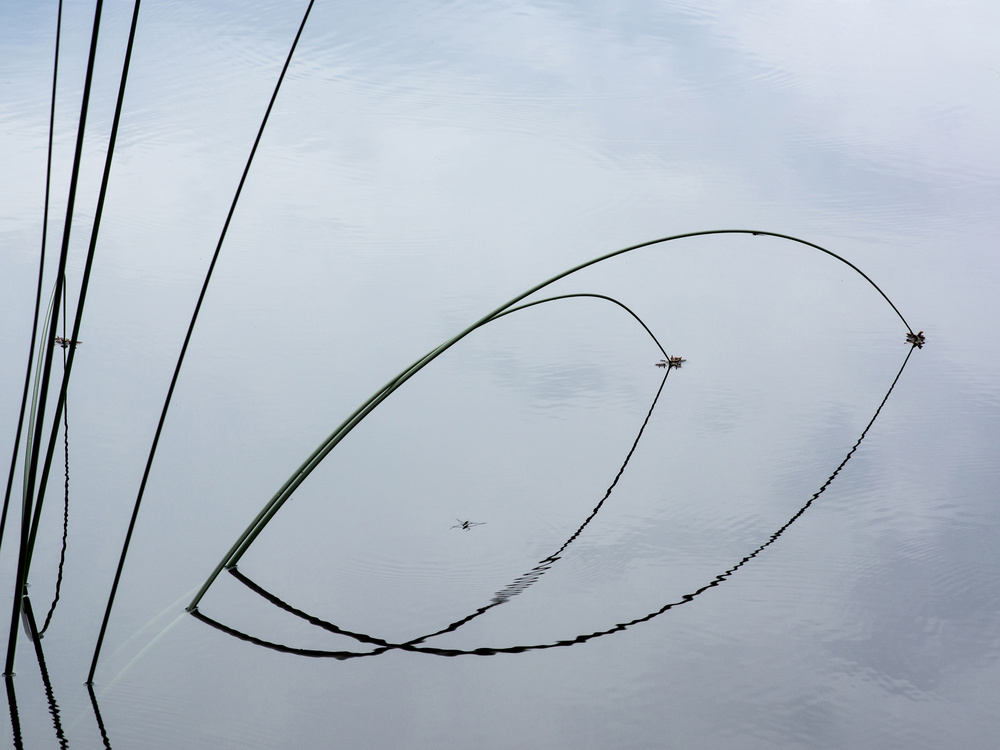Tips & Tricks
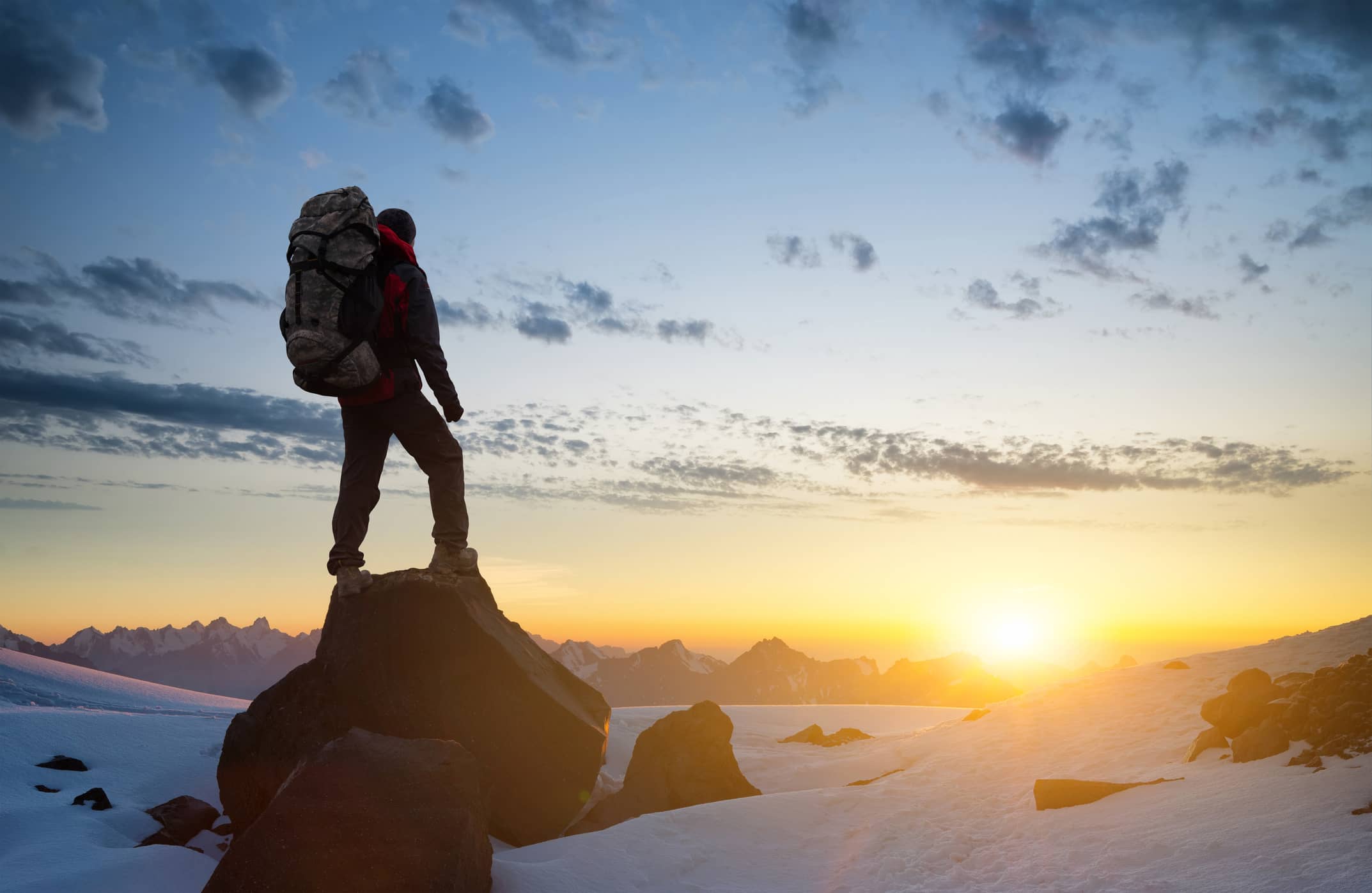
The Three Main Rules of Photography
Photography Talk
Every professional photographer had to learn his craft somewhere.
Just like you, there was a day when even the best of photographers picked up their cameras for the first time and had no clue about how to use them. Decades later, people are pouring into gallery openings to see their work and admire their skills.
No one is born with knowledge implanted in their brains – every skill has to be learned. Same goes for techniques and rules of photography.
This may or may not be your aim, but if you are here on PhotographyTalk, we’ll assume that you want to improve your skills as a photographer.
That’s why we've worked out the most important habits and techniques that are best for you to know early in your photography career.
Armed with this knowledge you’ll be able to practice them like a true professional, and eventually even begin crafting your own style and techniques.
However, it's crucial that you understand that these rules are not strict laws. Instead, in photography, just like in most arts, it’s good to break the rules sometimes. It allows you to experiment and develop. It lets you grow as an artist and discover your own personal style, too.
But before we get ahead of ourselves, let us introduce you to the three main rules of photography.
Shoot in RAW

You will often be told by non-photography people that you should not edit your pictures. They will say things like: “real professionals don’t edit,” “you are not representing the scene in a natural setting” or some other nonsense along these lines.
Although there are many people who believe that most published photographs are unedited, we do not know any professional photographers who do not post-process their pictures. And if they do it, so should you.
So here’s the first and most important step towards professionally edited photographs – shoot your pictures in the correct format, RAW.
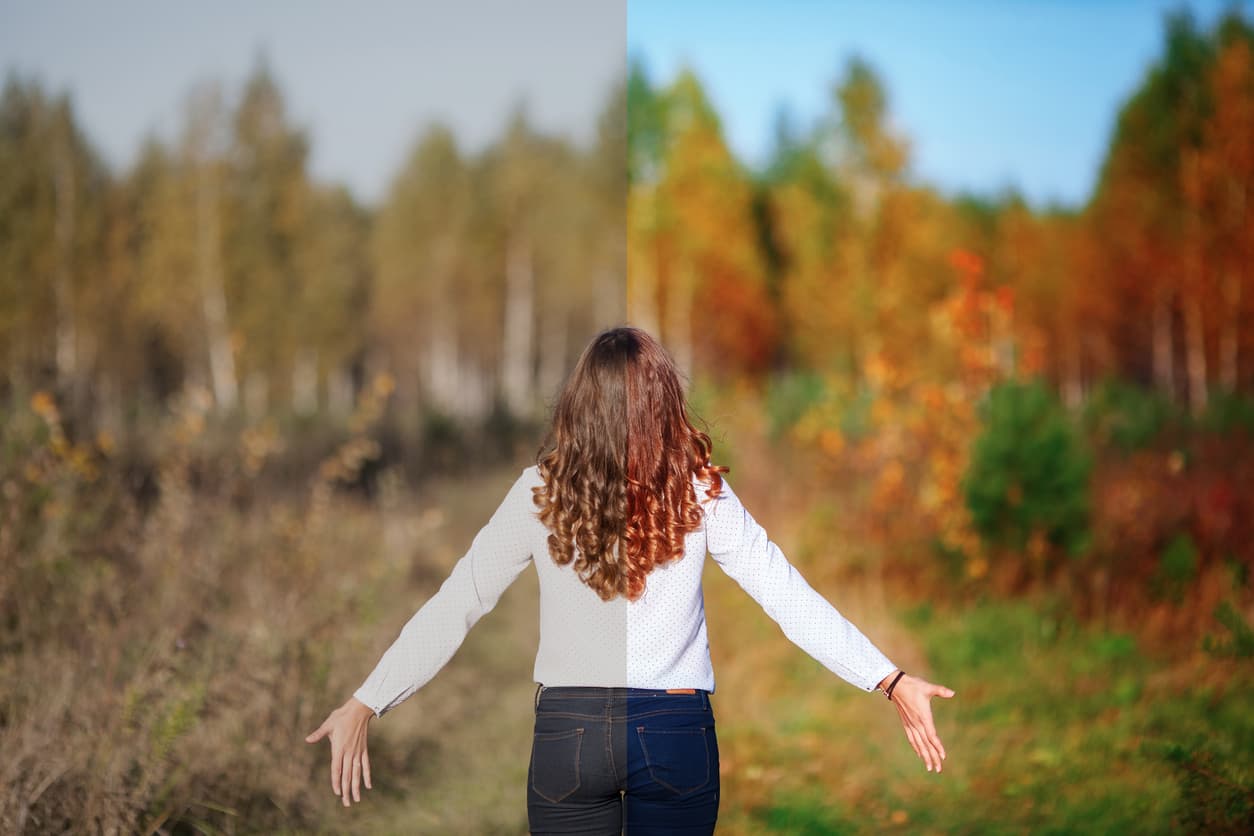
When first setting up your camera, you will stumble across a choice of what format you want your pictures to be taken. A lot of beginners go for large JPEG format. And although this gives you the maximum quality that a JPEG can have, this also puts you within a tight frame of limitations.
However, RAW format captures all of the details in highlights and shadows. It takes in as many colors as your sensor can handle, and tries to preserve every little bit of information. When you choose to shoot in JPEG, that information gets compressed and eventually deleted. After all, an average size of a JPEG is 5MB while RAW files can often be 25MB in size.
To make your editing process easier, and give yourself more options, stick to shooting in RAW. RAW files will always outperform the best quality JPEGs, and the final product will always be of a more professional quality.
Learn More:
Use the Rule of Thirds

Good composition takes your photography to a whole new level. With good composition, you can lead the viewer into the picture, find new and interesting angles, and emphasize the main part of your photograph. Sounds pretty complicated, but there is a secret rule to help you get there - the rule of thirds.
The idea behind the rule of thirds is that you divide the picture into three equal parts vertically and horizontally. This creates a grid with nine squares and four intersecting lines. The four places where the lines meet are where your picture’s focal points should be placed. And if you are taking a picture of a landscape, you can use the horizontal lines of the grid to create a perfect balance between your horizon and the sky - a pretty nifty trick, eh?
Of course, there are more techniques for a good composition that professional photographers use. But for someone who is just starting out, with not much knowledge or experience in photography, the rule of thirds is a great place to start. It is a simple, elegant, and very natural way to compose your pictures.
Learn More:
Shoot at Golden Hour
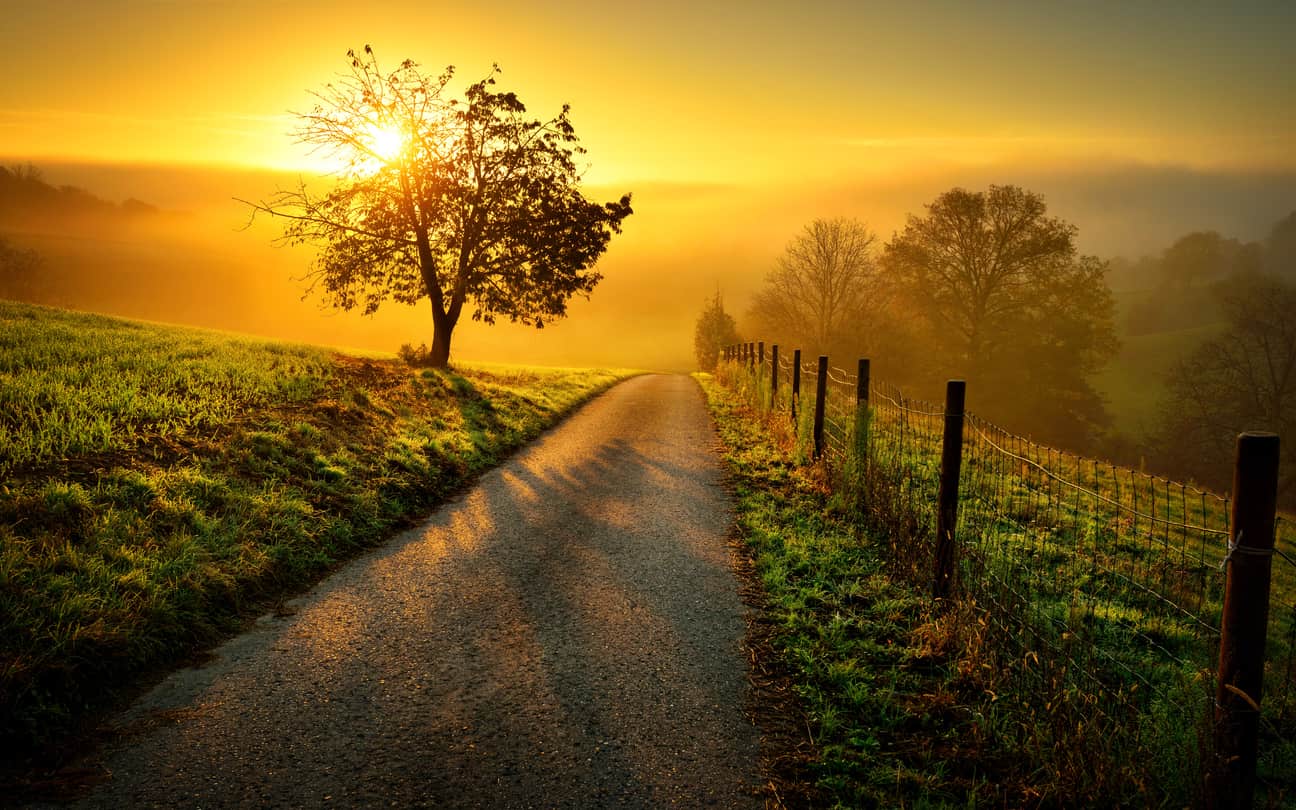
Magical landscapes, emotional portraits, and mysterious city shots - how do the professional photographers capture it all in such perfection? No matter how much you try to replicate the style and the emotion, use the same rules of composition, and even edit the pictures - it doesn’t ever come out quite right.
Actually, it’s not your skill that might be letting you down, but rather the time of the day. What I mean is that you probably choose the time of day with the most light - when the sun is high up in the sky, and you can shoot at 1/2000th of a second with no problem. Logically, this makes sense. However, this is the time when every professional is either out scouting locations or taking a nap.
Having the sun high in the sky makes everything flat and overlit. There are no shadows, and the color of light is pretty dull. Generally, this results in pictures that are boring and lack any character. The only exception to this is when the sky is cloudy. Then the clouds act as diffusers, softening the light and helping you light your portraits.
Instead, try to shoot when the sun is near the horizon - the best time is about an hour before and after the sunset and sunrise. Everything gets colored with a golden pallet, and the sun drops long shadows bringing everything to life. The quality of light at this time is so good that painters and photographers took to calling it the golden hour - the perfect time to capture nature at its best.
Learn More:
The Best Rule of All - Ignore all the Rules
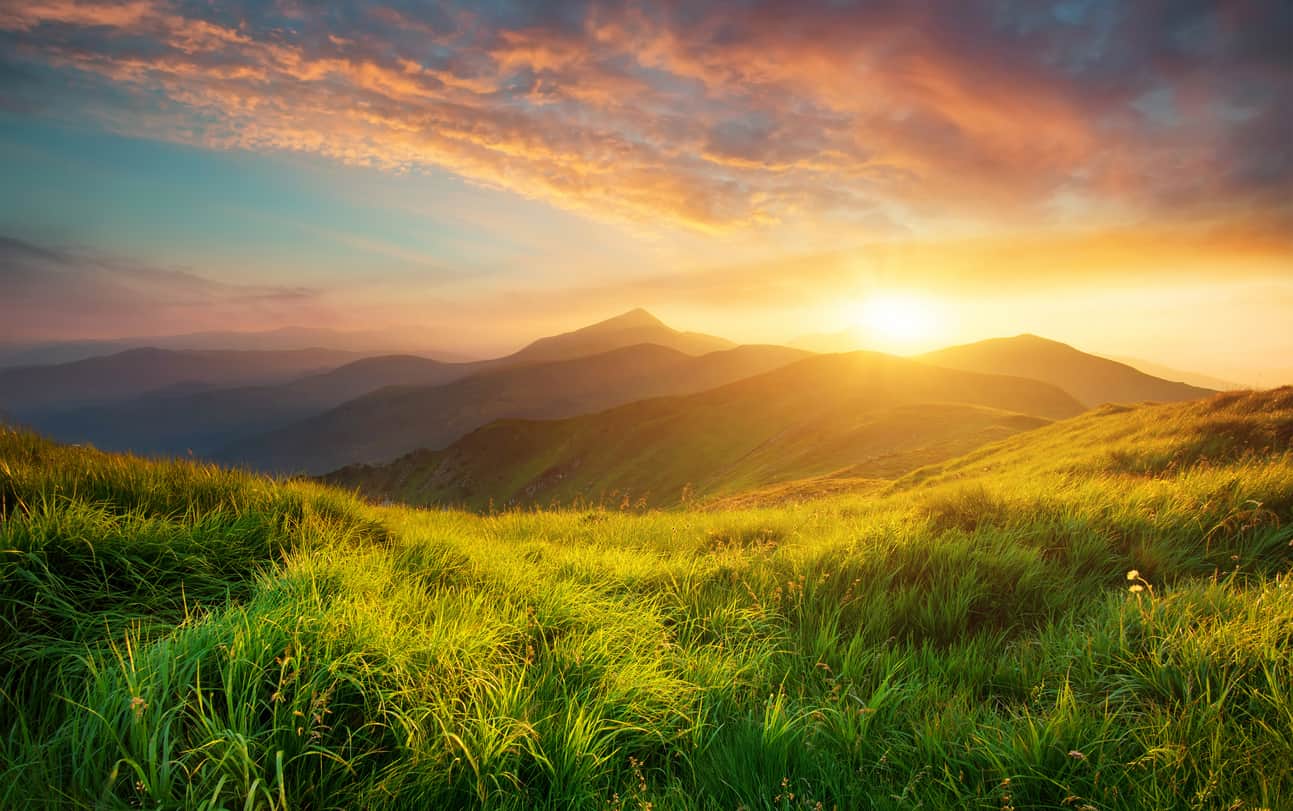
Truth be told, in photography, there are no rules. These are mere guidelines and words of advice from the photographers that played around and experimented with new techniques.
These guidelines work well to teach you the basics of photography. But in order to grow as an artist, you must eventually break them and look for something new.
Never be afraid to have fun and experiment. After all, that is what art is all about!

